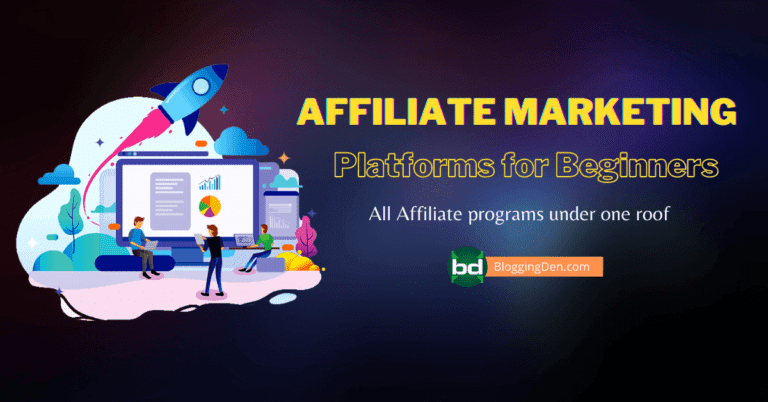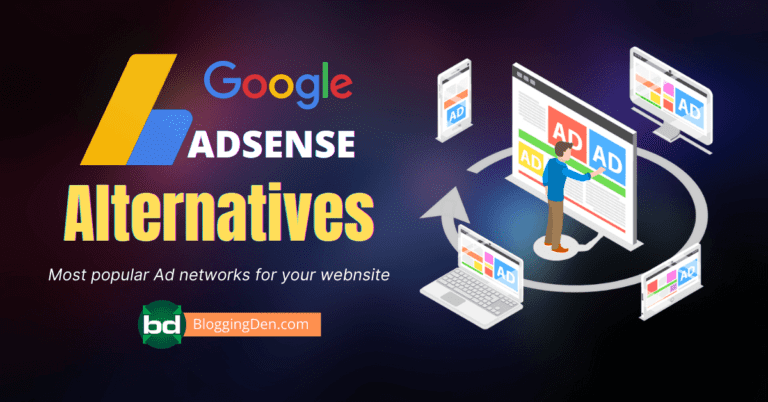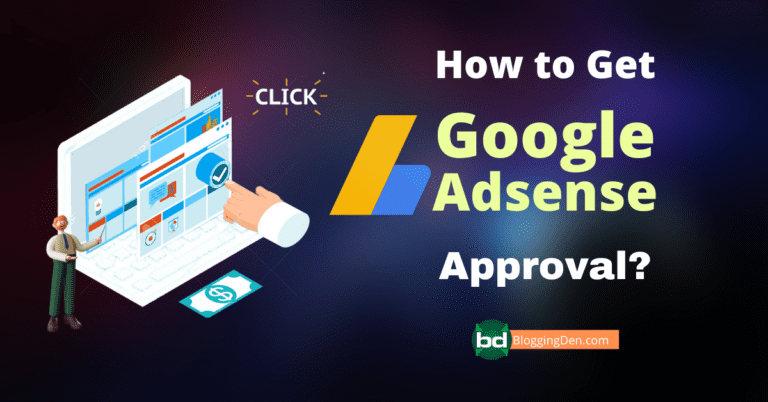Monetization
Build a sustainable blog income by mastering two proven pillars: affiliate marketing and Google AdSense. This category curates step-by-step guides, checklists, and real-world playbooks to help you set up, optimize, and scale revenue without sacrificing reader trust.
Why Focus on These Two?
Affiliate marketing converts intent-driven readers into commissions with relevant product recommendations.
Google AdSense monetizes every page view, adding stable, passive income.
Together, they diversify earnings and smooth out seasonal traffic swings.
Affiliate Marketing: Foundations That Work
Goal: Match real reader problems with the best products and earn commissions ethically.
Core Steps
Choose offers that align with your niche and audience pain points.
Map content to intent: comparison posts, tutorials, and honest reviews.
Place links contextually (not spammy) and disclose clearly.
Track clicks, EPC, and conversions; prune low performers.
High-Impact Content Types
Product comparisons (X vs Y)
“Best of” lists (with clear use-cases)
Hands-on reviews with pros/cons and screenshots
Problem–solution tutorials featuring the product
Conversion Boosters
Clear CTAs near value moments (after solutions or results)
Skimmable feature tables and benefit bullets
Social proof: results, case snippets, or verified user feedback
Bonuses: templates, checklists, or support from you for buyers
Compliance & Trust
Use proper affiliate disclosures above the fold.
Avoid over-claiming; focus on tangible outcomes and limitations.
Keep links updated; replace out-of-stock or sunset offers quickly.
Google AdSense: Reliable, Passive Monetization
Goal: Turn pageviews into predictable revenue without hurting UX.
Setup & Placement Essentials
Use responsive ad units and enable auto ads judiciously.
Prioritize in-content placements (after intro, mid-article, pre-conclusion).
Keep a clean layout: avoid intrusive ads above the fold on mobile.
Optimization Tips
Improve site speed and Core Web Vitals for higher RPM.
Align content with high-intent keywords naturally.
Test ad density and formats; favor user experience over short-term gains.
Monitor coverage, CTR, and RPM; iterate monthly.
Policy Basics
Follow AdSense content policies and avoid accidental clicks.
Ensure clear navigation, original content, and privacy compliance.
Smart Synergy: Using Both Together
Use AdSense on informational posts; lean affiliate-heavy on review/comparison posts.
Suppress ads near key affiliate CTAs to reduce distraction.
Funnel readers: info post → soft CTA → review page → conversion.
Metrics That Matter
Affiliate: clicks, conversion rate, EPC, refund rate.
AdSense: RPM, CTR, viewability, coverage.
Combined: session duration, pages per session, bounce rate.
Quick Action Plan
Audit top 20 pages for intent; assign “AdSense-first” or “Affiliate-first”.
Add comparison tables and CTA blocks to high-intent posts.
Improve speed, readability, and internal links to money pages.
Review monthly: replace weak offers, adjust ad placements, expand winners.
Keep It User-First
Your best monetization strategy serves the reader first: solve problems deeply, recommend responsibly, and keep the reading experience fast and clear. Do that consistently, and both affiliate marketing and Google AdSense become dependable, scalable income streams for your blog.




